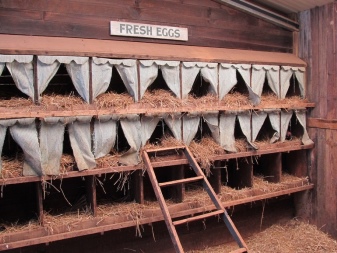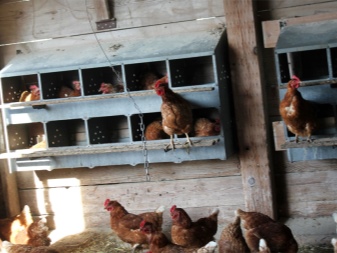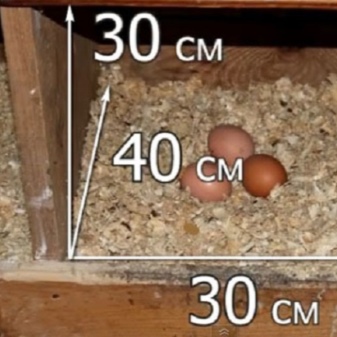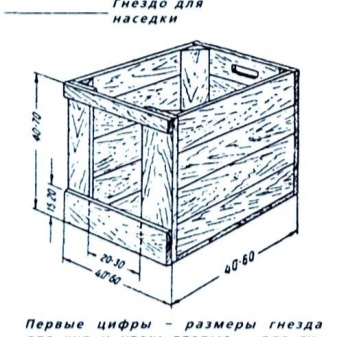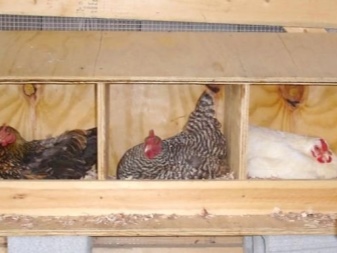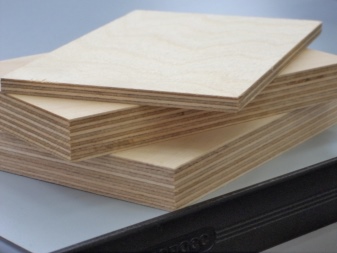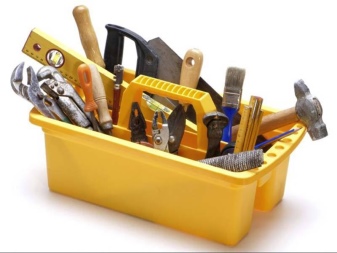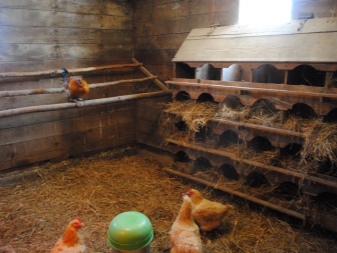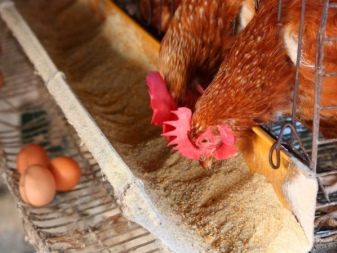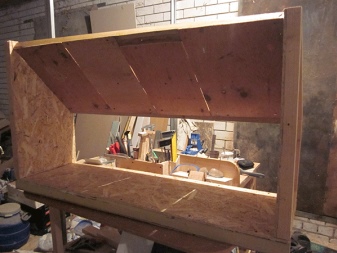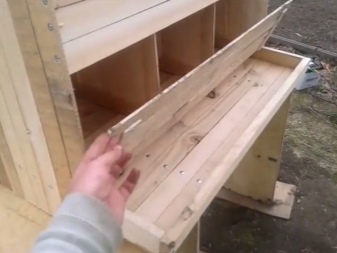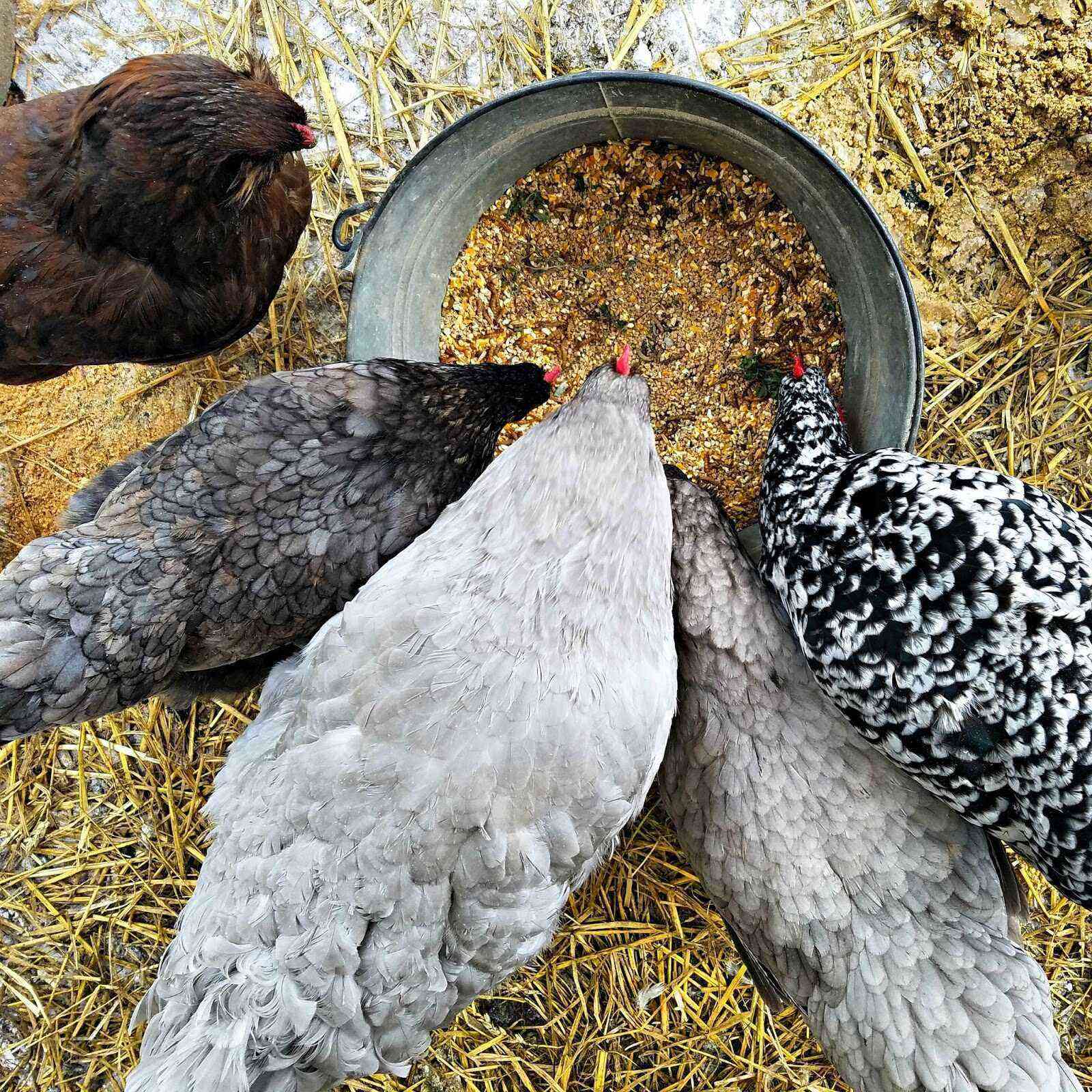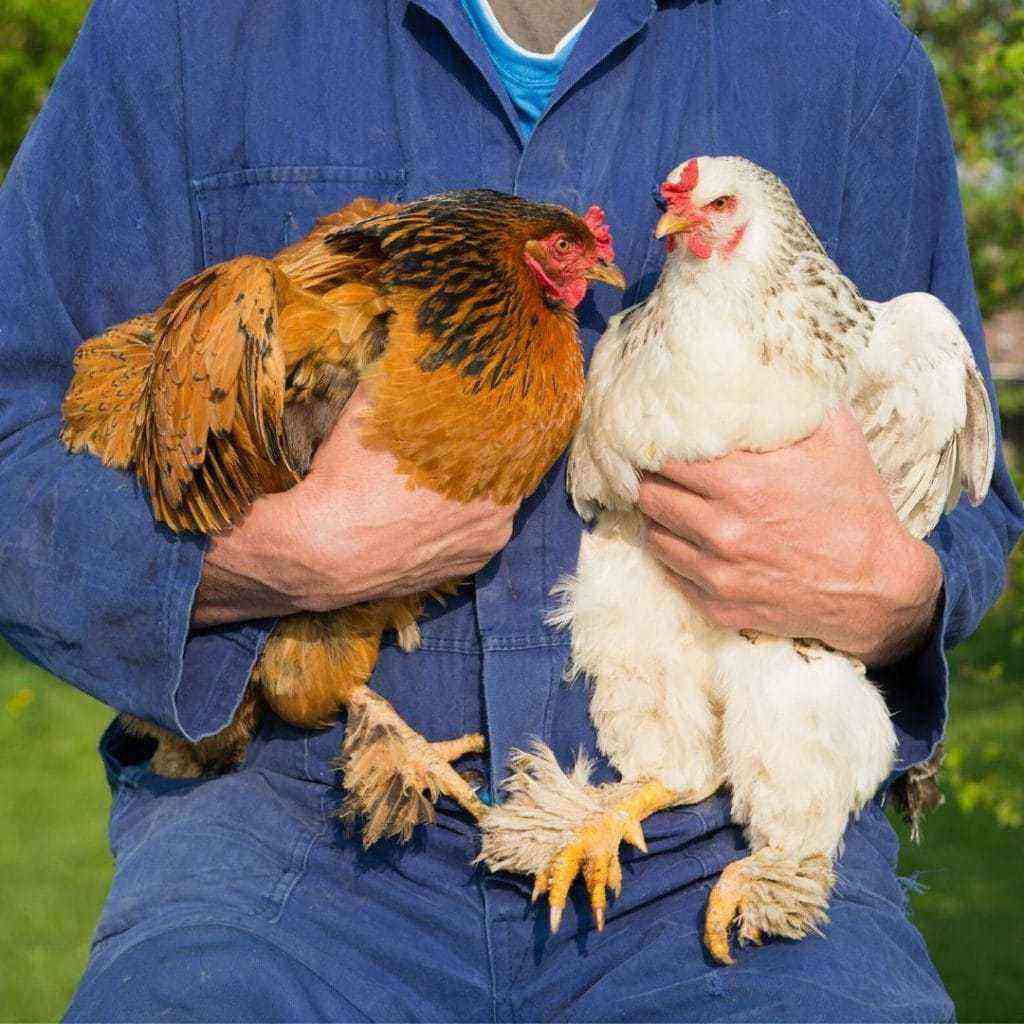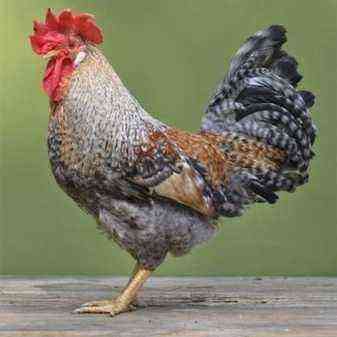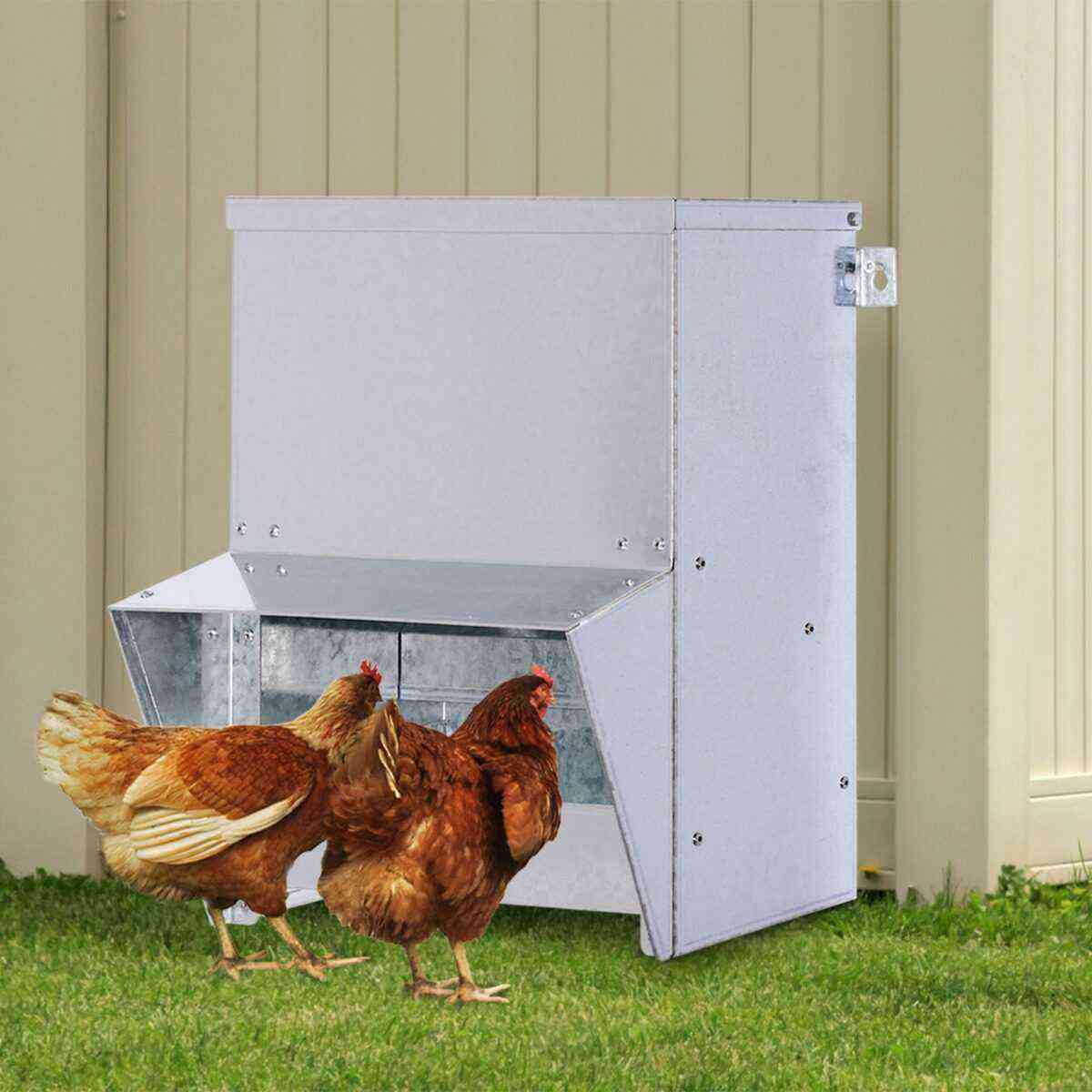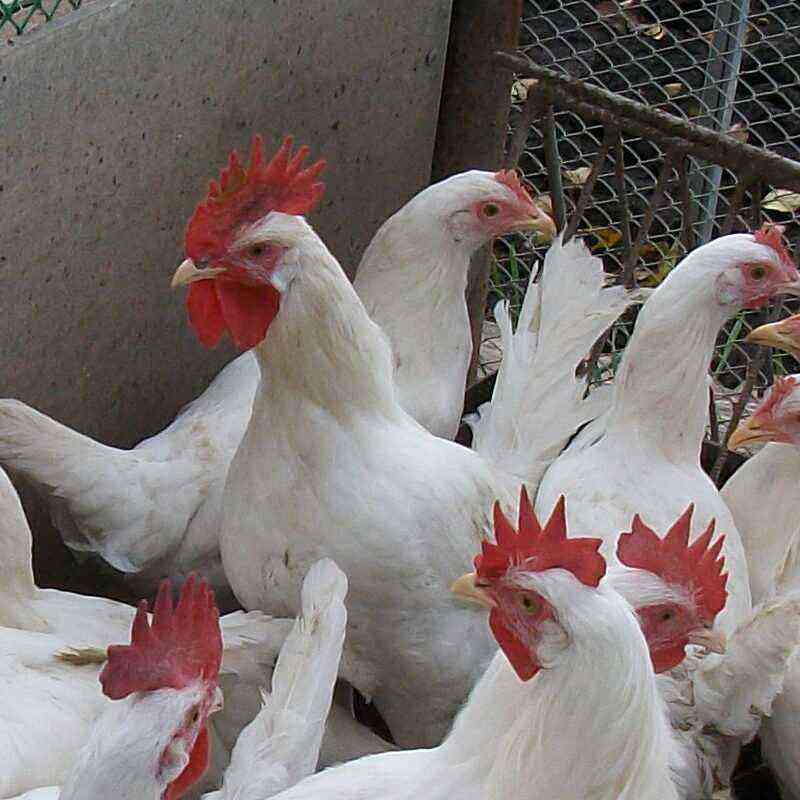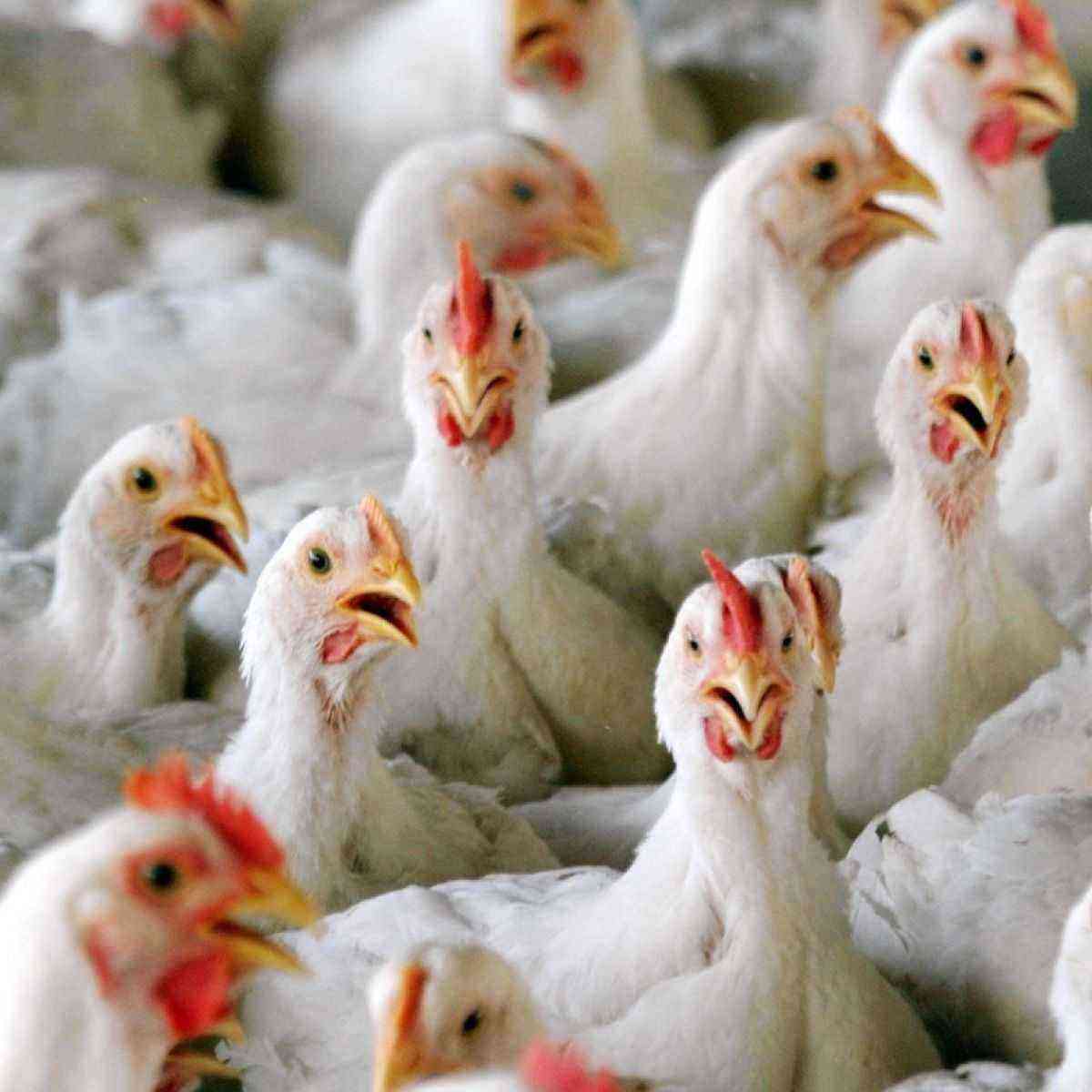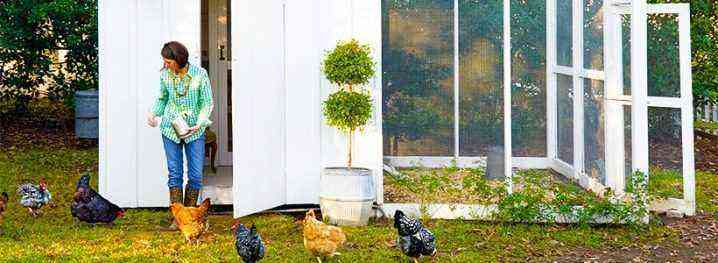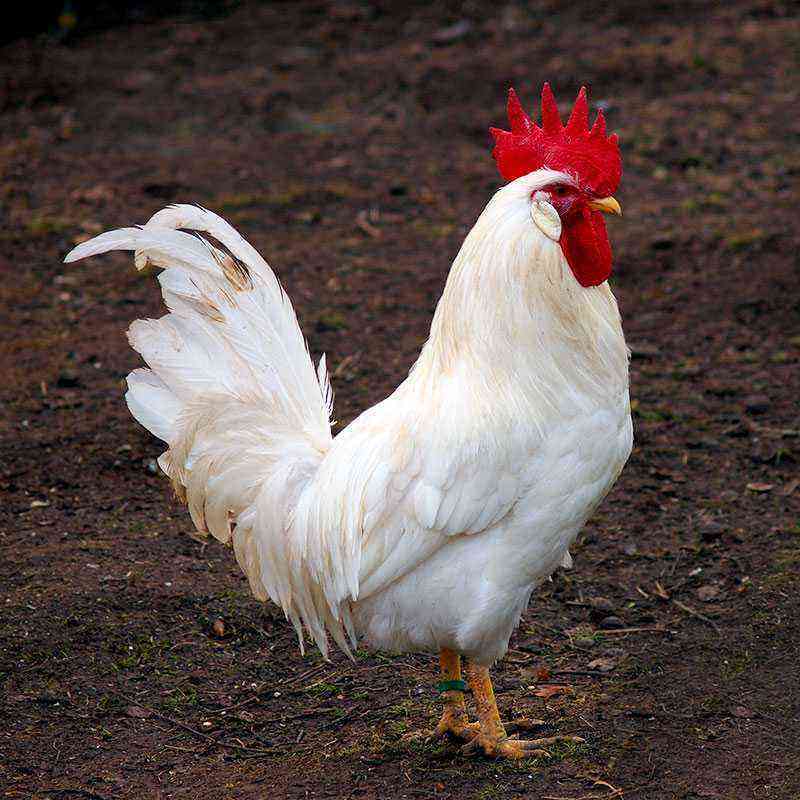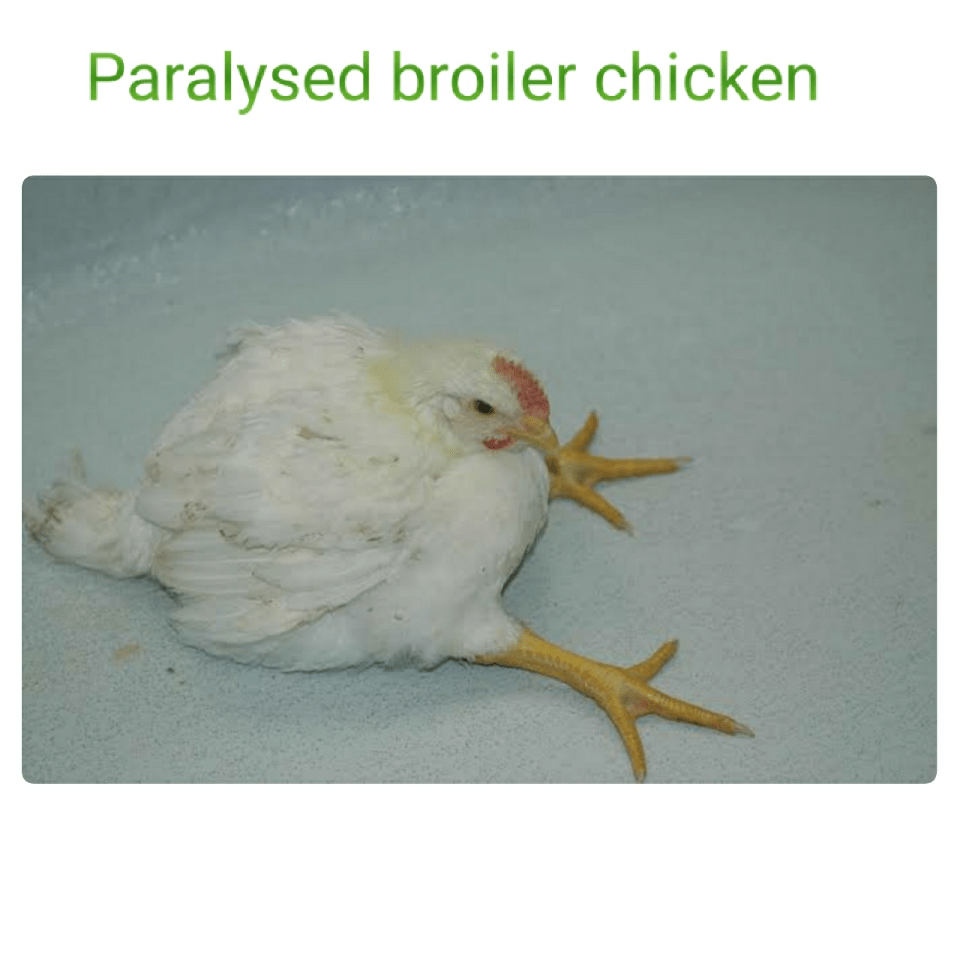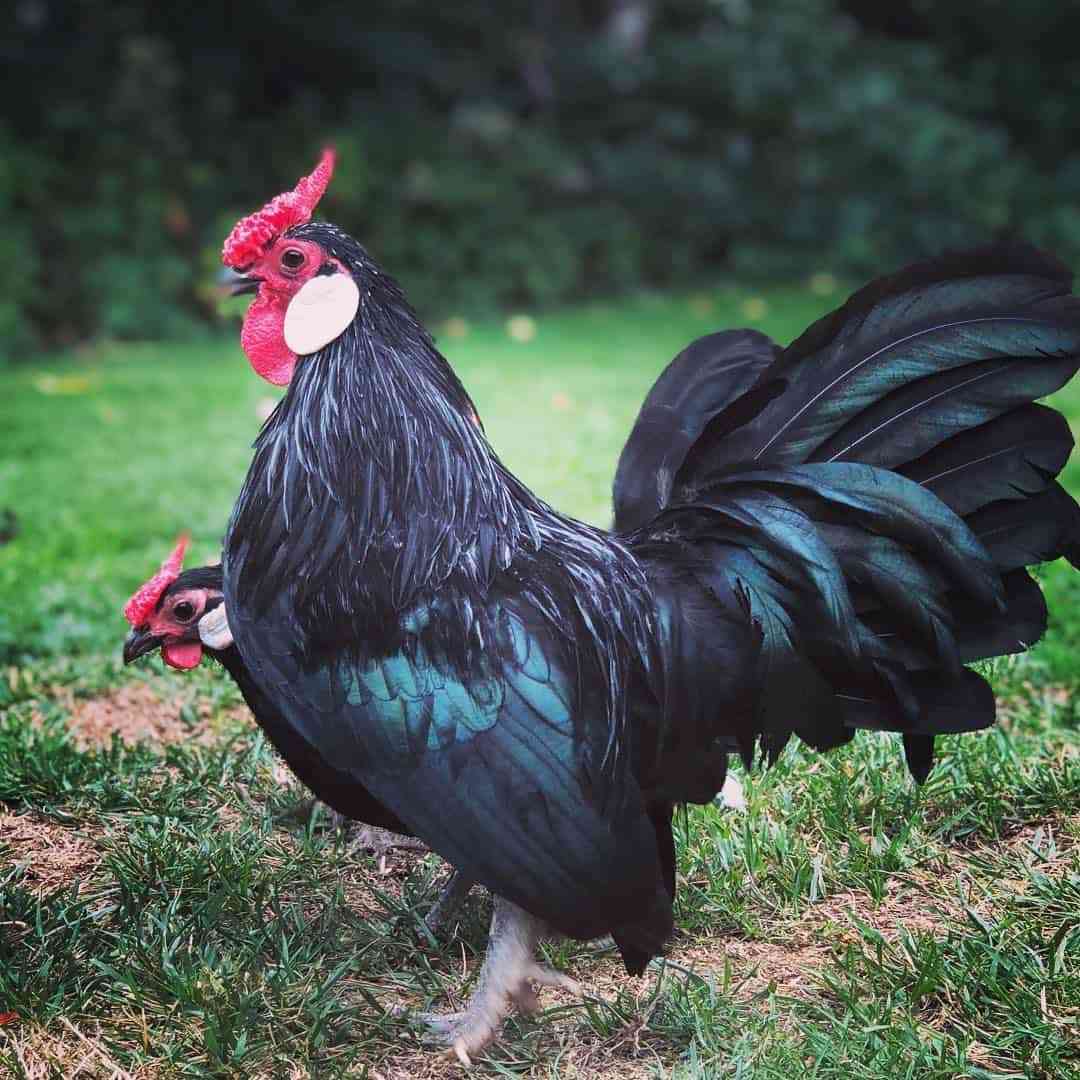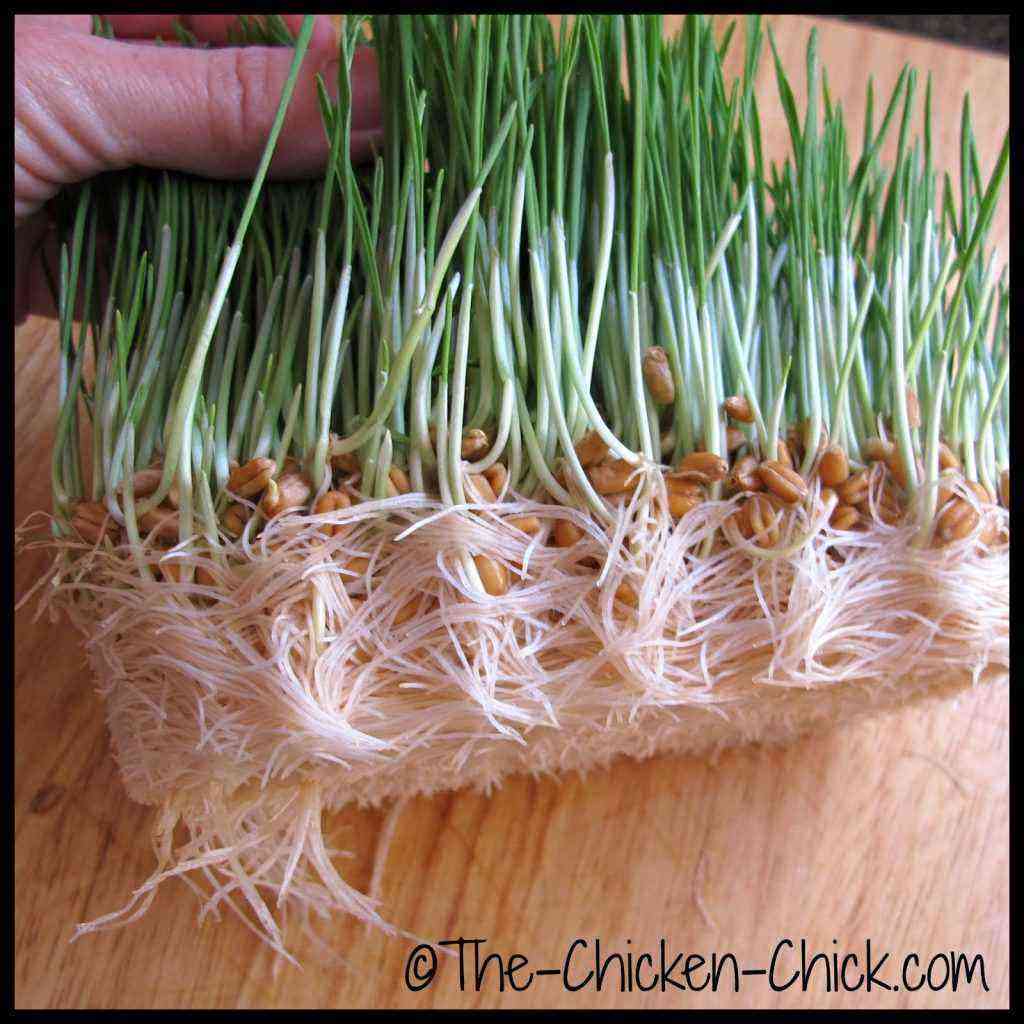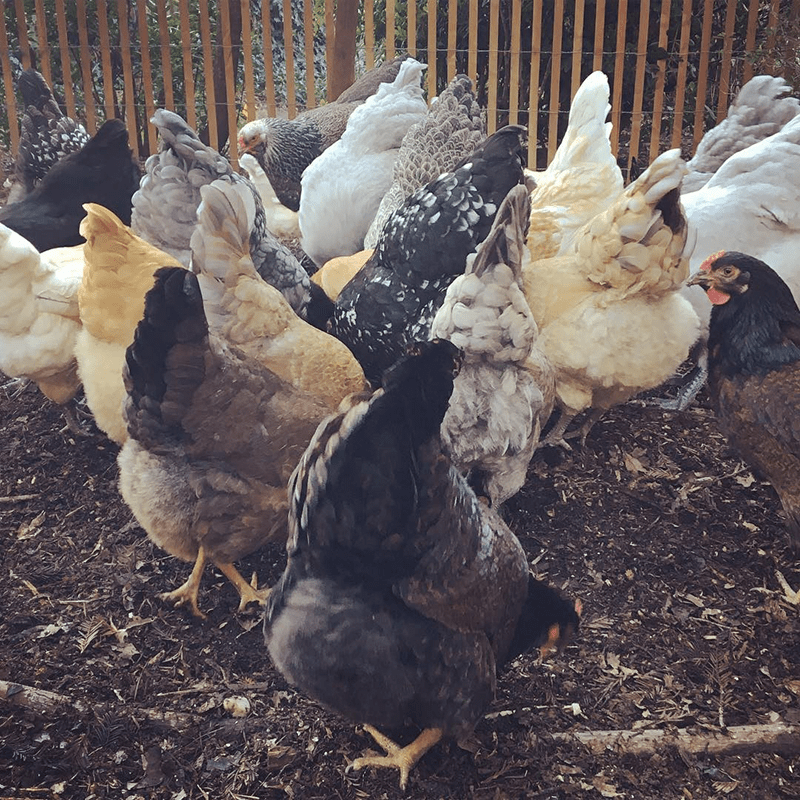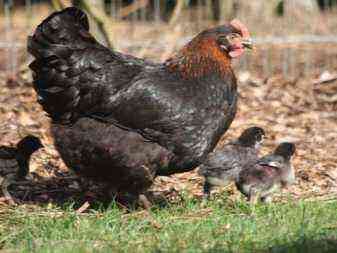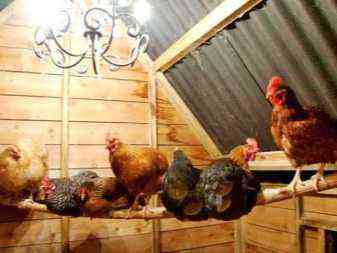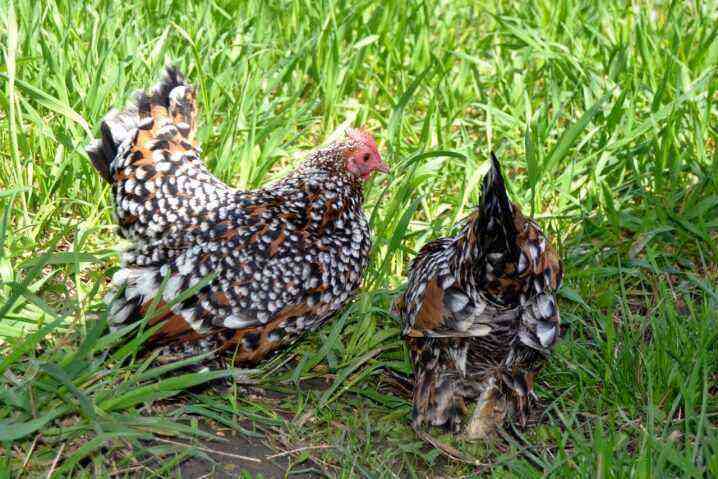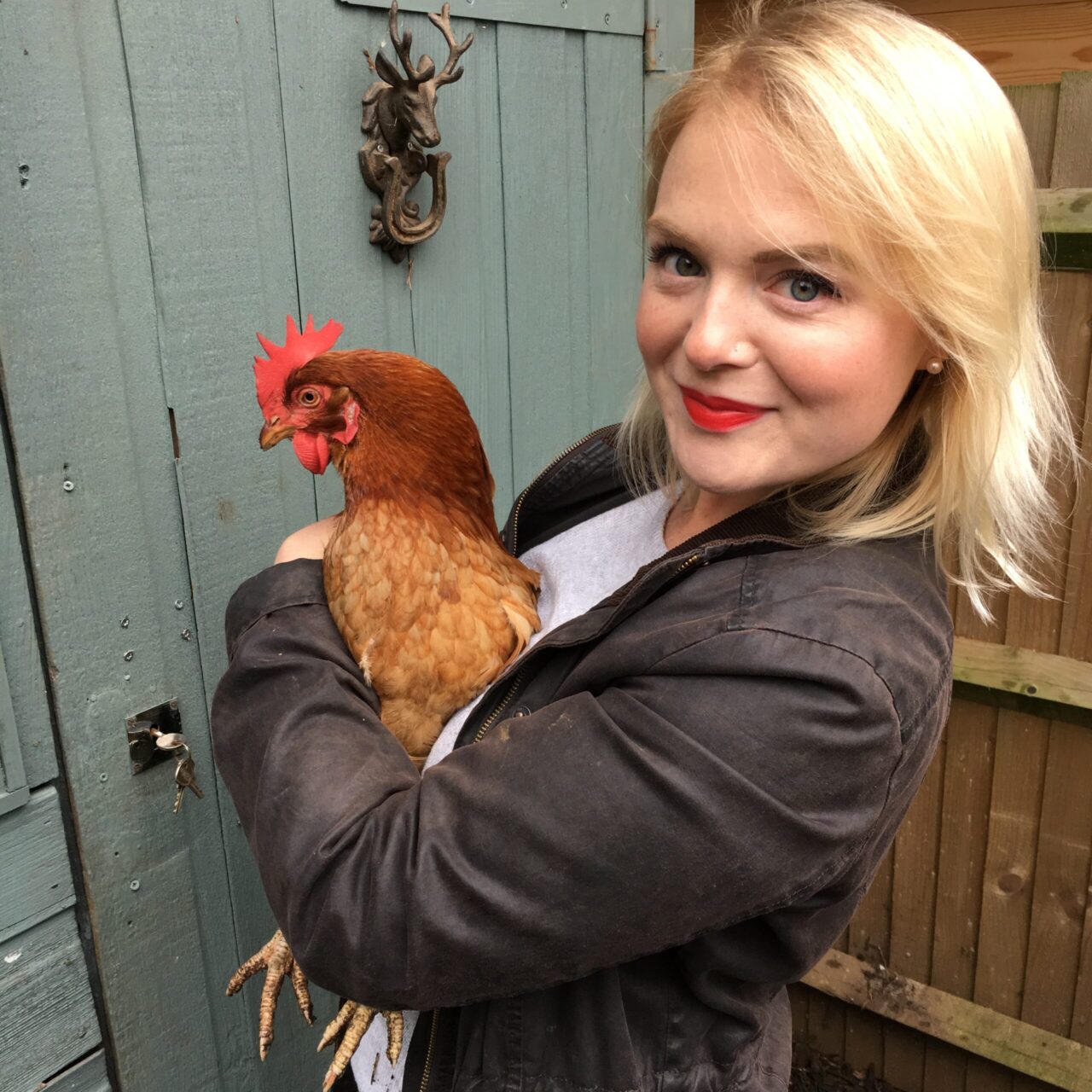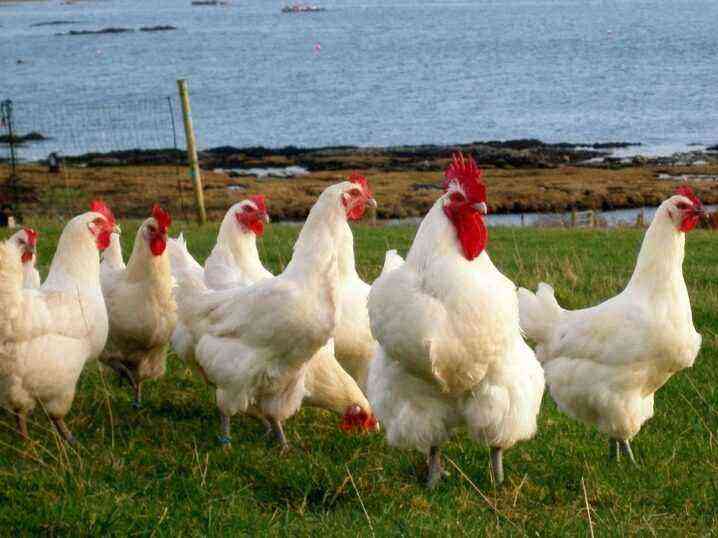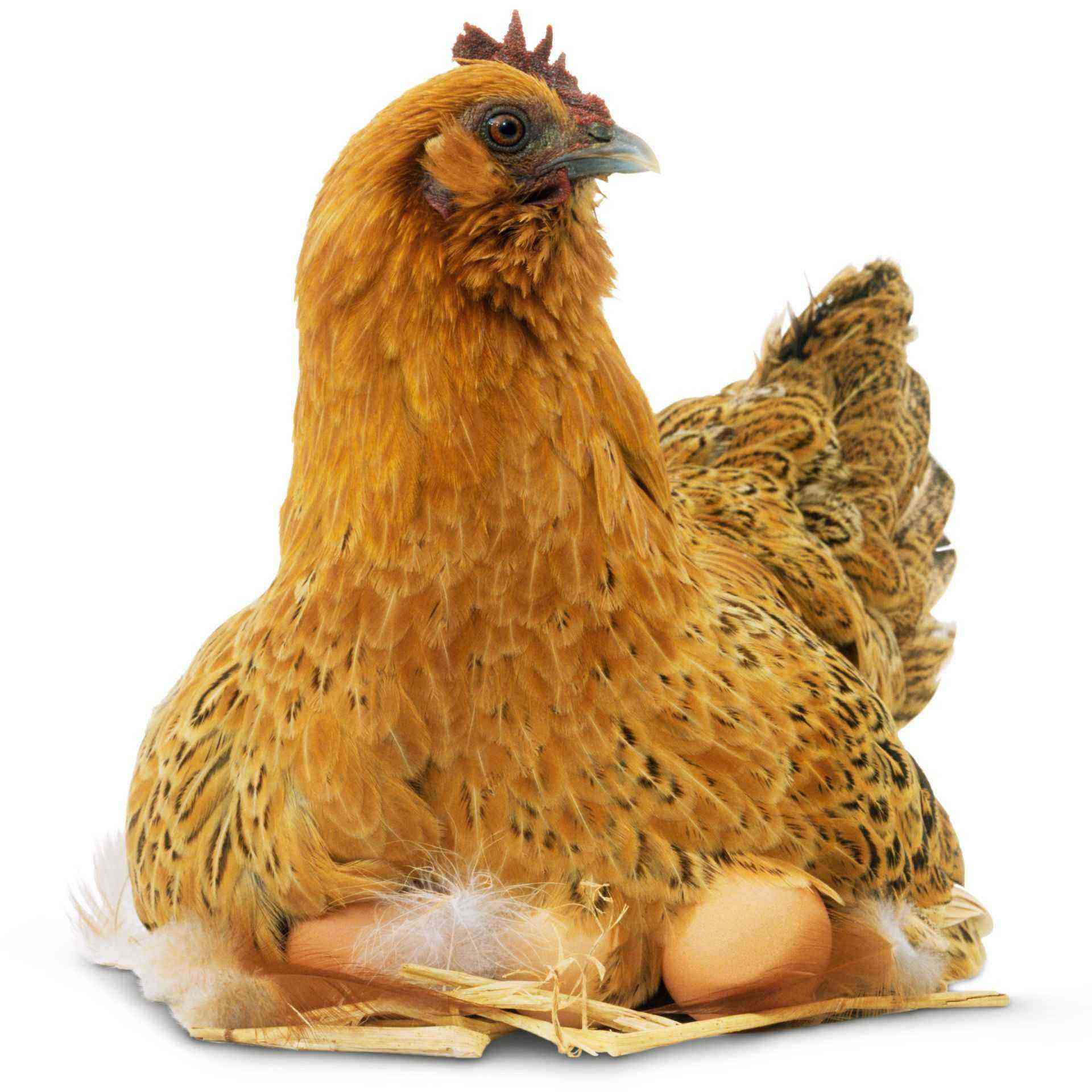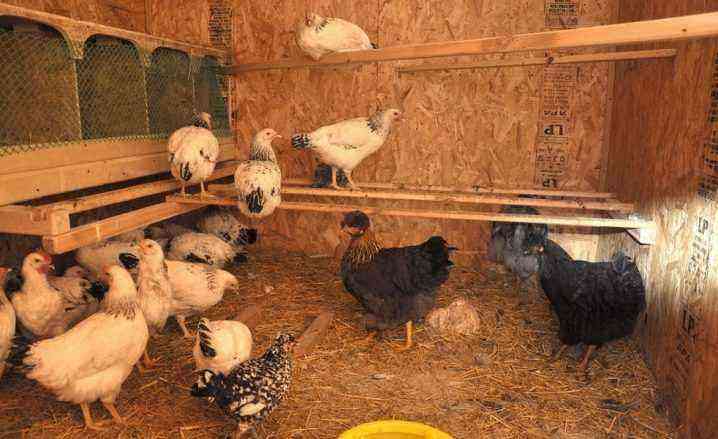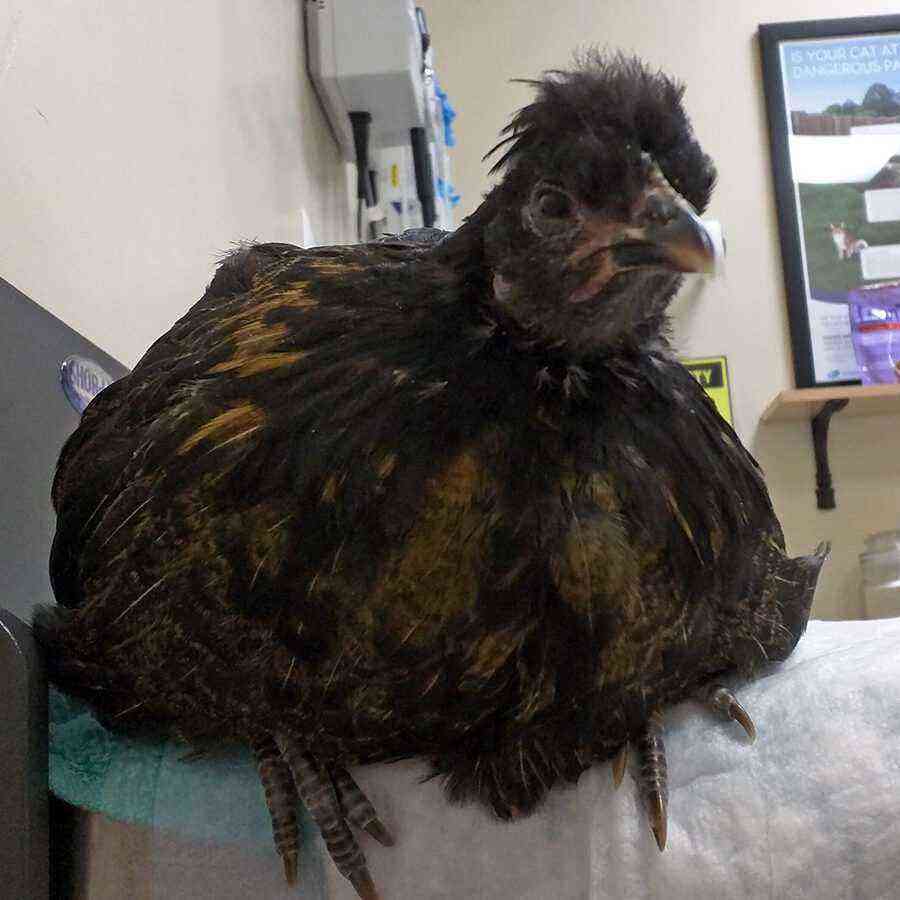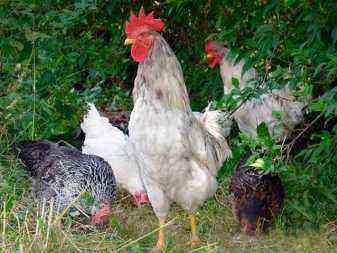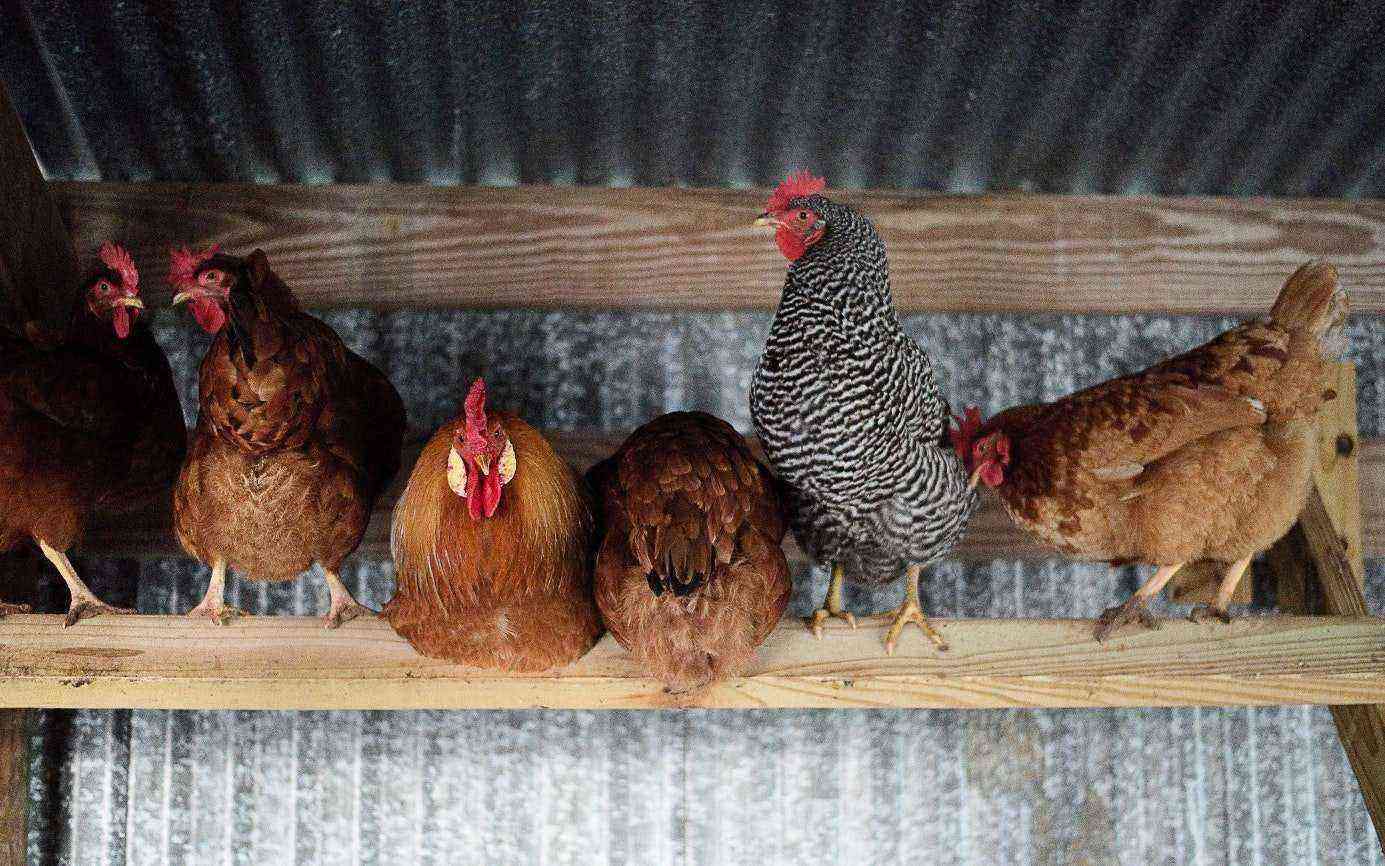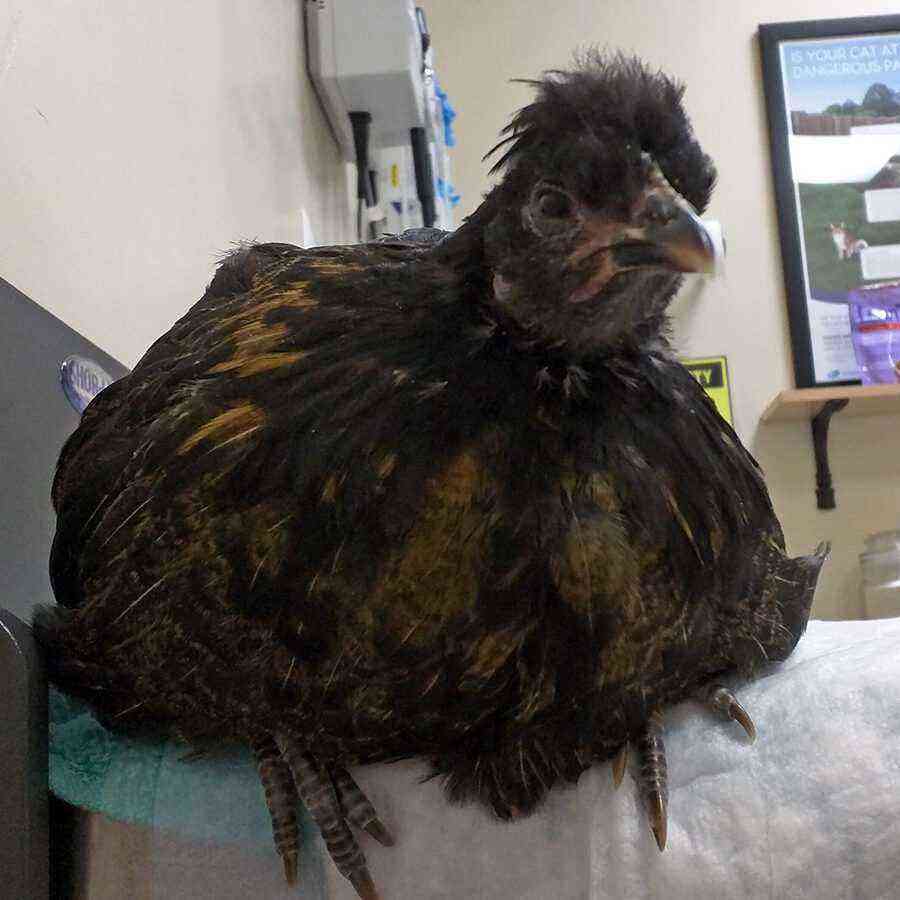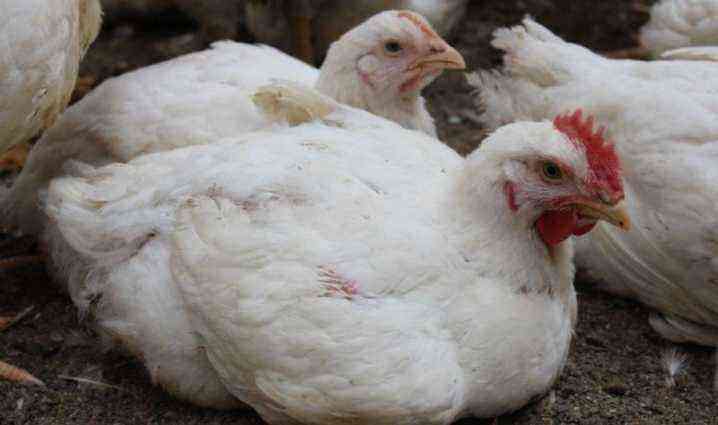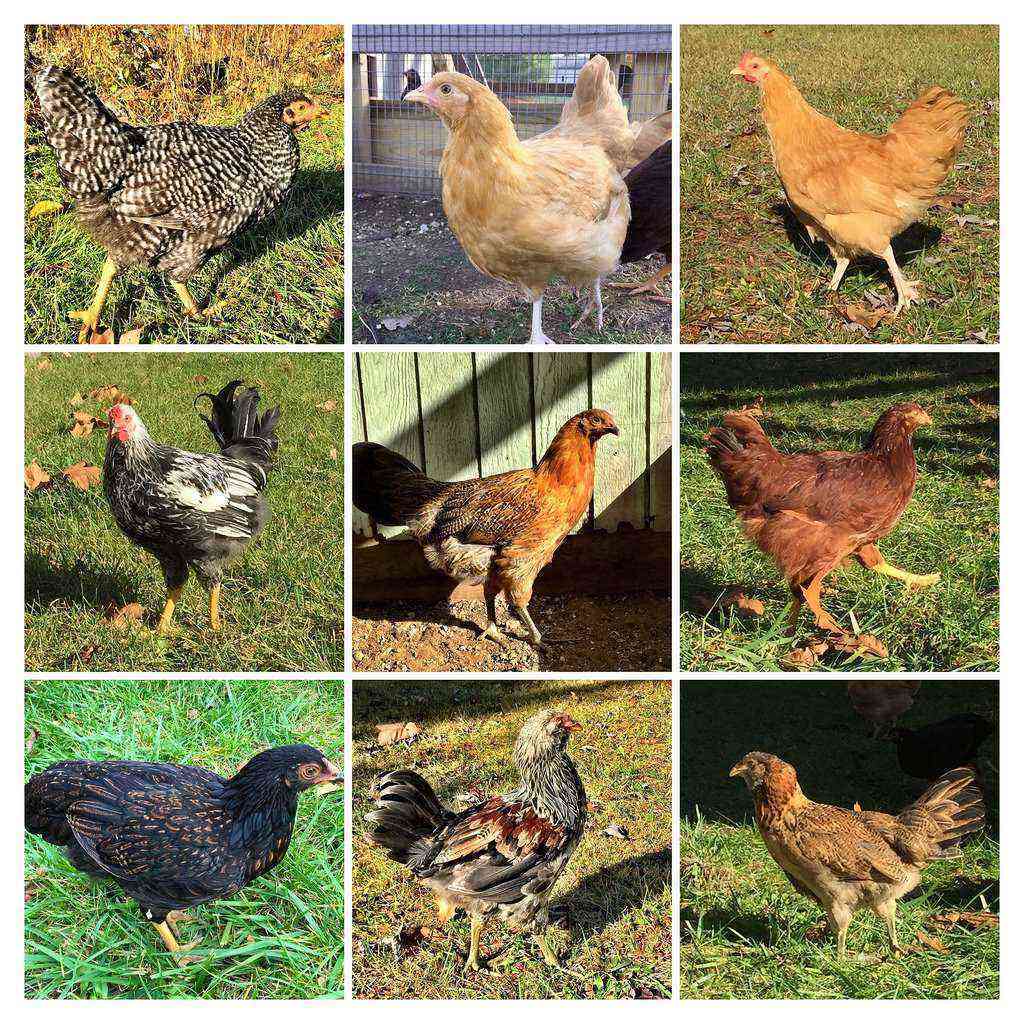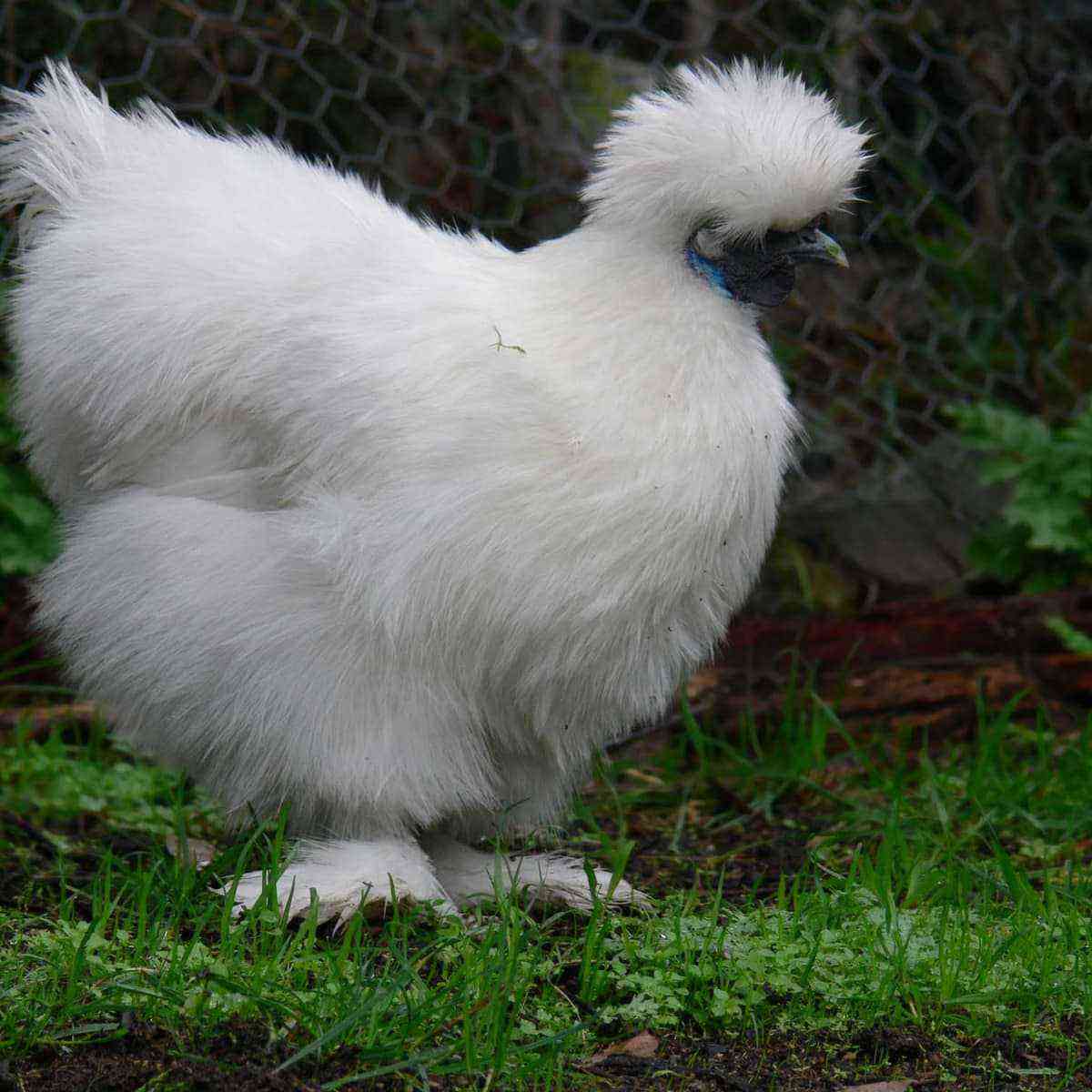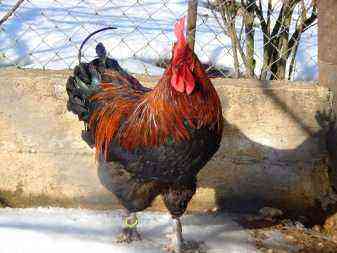The classic methods of breeding chickens in the household are not effective in all cases – many experienced poultry farmers come to such conclusions. Often in such matters it is necessary to resort to non-standard and unusual solutions. The equipment of nests with an egg collector for laying hens is a good solution in the correct breeding of this poultry.
Features, pros and cons
Many farmers are engaged in breeding poultry. For this, it is not necessary to be a great specialist in such matters. The main thing is to carefully study the full plan of action, which will lead to good results. However, it is not uncommon for a poultry farmer to do everything right, but standard chicken breeding methods do not bring the desired effect. This is where more interesting and non-trivial solutions come to the rescue.
Nests equipped with an egg collector are very practical things, the convenience of which was appreciated by many poultry farmers. There are several varieties of these products. Most of them are quite possible to build with your own hands, which is what many farmers do. As a result, poultry breeding does not take a lot of money, but it is much easier to achieve good results.
If the design is equipped with an egg collector, then you will have the opportunity to receive whole and clean products throughout the year, the collection of which will not take much free time. Eggs do not roll anywhere, and the poultry farmer does not have to look for a lost testicle all over the chicken coop.
We highlight the main pros and cons of such structures. Let’s focus on the good ones first.
- Nests equipped with an egg collector make it possible to quickly and seamlessly collect eggs laid by laying hens.
- In the egg collector, the eggs do not get dirty. The chance of them breaking or getting pecked by adults is also minimized.
- For the laying hens themselves with such nests, the conditions of detention become more comfortable and acceptable.
- Due to nests with an egg collector, the useful area of the poultry house is noticeably increased.
- You can make such a design with your own hands. At the same time, it will not cost much, and even an inexperienced farmer who does not have the professional skills of a carpenter can handle all the work. All that is required from the home master is to clearly follow the instructions and select the appropriate safe materials.
- In large farms, such nests are especially useful and practical.
Some people prefer not to make such designs on their own, but to buy a ready-made version in the store. Models with an egg collector are presented in a large assortment, and choosing the most successful product is not difficult.
There are no serious disadvantages for most nests with egg collectors. However, in some cases, it is necessary to additionally insulate the inner walls, and this is both unnecessary expenses and additional work. Sometimes it is necessary to insulate not only the walls, but also the roof of the structure. Most often, such work has to be carried out in relation to special hinged structures.
If you are going to make a rack, then the container responsible for collecting the testicles will have to be installed on each of the floors – this is not very convenient and troublesome. In addition, in the manufacture of the described structure, it is very important to monitor the accuracy of compliance with all the rules of construction. If this is neglected, then the testicles can receive various damage.
Types
There are several of the most common types of nests for domestic chickens. Let’s get to know them better.
In the form of boxes
Most often, these types of nests can be found in chicken coops. It is not difficult to make them with your own hands – all the work here will be as simple and understandable as possible. In addition, the external parameters of the boxes will allow you to organize several cells in one area at once, designed directly for egg laying.
Teaching laying hens to lay eggs in such nests is the easiest thing, as many poultry farmers say. It is enough to simply lock the females in such a nest for several days. Over time, the bird will develop the habit of laying in a certain place established for it. Usually this does not take much time, and the laying hen quickly adapts to the conditions presented to her.
Mounted
Hinged structures are separate places for laying eggs. They must be attached to the outer wall of the house. Such solutions are especially convenient for poultry farmers due to the fact that there is no need to enter the chicken coop, and all products can be collected from outside.
But mounted models have a significant disadvantage, which was mentioned earlier. In such structures, it is necessary to additionally insulate the walls and roof. Most often, inexpensive foam is used for this. Not every farmer has a lot of free time left to do such work, and not everyone has a desire. That is why mounted receivers are not so popular.
With egg collectors
Such varieties of bird nests are rightfully recognized as one of the most practical and convenient. They can have absolutely any shape and structure. The principle of their work is the same – the egg laid by the chicken immediately rolls along special paths into a special separate tray. That is why the laying hen herself does not have the opportunity to get to him, like the other inhabitants of the poultry house. In such conditions, the eggs are completely safe.
In most cases, such practical nests are equipped in large poultry farms. They are often installed in large farms, where they specialize in breeding layers in large volumes.
dimensions
Nests equipped with an egg collector must be of suitable size. It is based on them that you should make such structures with your own hands.
For laying hens, it is necessary to build nests, the parameters of which will be as follows:
- length – 0,35 m;
- width – 0,25 m;
- height – 0,35 m.
As for the birds belonging to the meat and egg category, it is necessary to make more spacious and larger nests for them, having the following parameters:
- width – 0,3 m;
- length – 0,4 m;
- height – 0,45 m.
At such nests, a small threshold should be built, the height of which should be no more than 75 cm. In front of the structure itself, you will need to put up a board – it will be necessary for poultry to take off. Its size should be no less than 4,5 by 2,5 cm. As a rule, this part is placed right in front of the entrance, making an indent of 0,1 m.
Nest roofs with egg boxes do not have to be perfectly straight. Otherwise, the chickens will sit on them, which is no good. It is recommended to make the roof at an angle of 45 degrees – this is the best option.
How to do it yourself?
Chicken nests with an egg collector are easy to make with your own hands. To do this, you will need to first stock up on all the necessary tools and draw up detailed drawings with the dimensions of the future design applied to them (many of them have been described above).
To make nests with the acceptance of testicles, you can use ready-made unnecessary boxes or cardboard boxes. At the bottom of such structures, you will definitely need to lay sawdust or hay. In order to make the main structure of the nest with your own hands, it is recommended to use plywood sheets or chipboard, fiberboard.
There are 2 options for making a nest with an egg collector:
- double bottom design;
- a design equipped with special containers into which the eggs laid by the laying hen will roll.
So, in order to build a model with a double bottom, you will need to stock up on the following components:
- thin sheets or plywood;
- large sandpaper;
- fasteners;
- hacksaw for wood;
- hammer;
- screwdrivers;
- upholstery for pallet decoration;
- glue and scissors.
From plywood sheets and boards, based on the drawings, a small house is made, the bottom of which is made at a slight slope. A small exit is left between the wall and the floor, through which the testicles will roll out. The pallet upholstered with soft material will act as the second bottom. The second tray will be about 9-11 cm longer than the “main” floor, so that egg collection is more convenient.
Now it’s worth analyzing in detail the instructions for making such a design with your own hands.
- First, the plywood sheets will need to be processed with emery or a file.
- After that, you will need to carefully cut through squares measuring 35×35 cm. These parts will serve as the walls of the future “house”-nest.
- In one of the squares, make a hole of sufficient size through which the hens will enter in the future. Be sure to equip a small threshold in front of it.
- Separately, prepare the bars, which will have the same dimensions as the walls of the future nest.
- Assemble a box from squares. In its corner sections, attach the walls to the bars using self-tapping screws. Please note that the fasteners should in no case protrude strongly from the assembled wooden parts, otherwise the hens can be seriously injured.
- Be sure to carefully inspect the house that you are making. It should not have chips or other serious damage.
- Now it will be necessary to cut off a couple more sheets of plywood. They will be necessary for arranging the ceiling and floor. It will be necessary to attach plywood parts to the main box of the house.
- Lay straw or wood shavings on the bottom of the nest. Slightly raise the nests above the floor and attach a small ladder.
Useful tips and tricks
When making nests with an egg collector with your own hands, it must be remembered that after its completion, the laying hen should not have access to the testicles she has laid. To do this, the tray into which the eggs are sent will need to be separated by some material. For example, it can be a dense opaque matter.
It is not recommended to attach simple nests with egg inlets directly to the walls of the house. This is due to the fact that during the winter seasons such structures will cool surprisingly quickly. In addition, these models cannot be called very reliable. You will have to use additional stands – scaffolding. For the same reasons, hanging “houses” for laying hens are not very popular.
The roof of absolutely any nest for laying hens should be made with a slight slope. Sooner or later, the rest of the inhabitants of the poultry house will constantly sit on a straight roof, because of which the structure will quickly lose its neat and aesthetic appearance.
When making nests for chickens, do not forget that they should be as convenient as possible not only for laying hens, but also for yourself. You should have free access to such structures – nothing should interfere or prevent any actions. Access to the litter should be free – it will have to be changed periodically as it gets dirty.
If you have noticed that the hens are rushing with little hunting in the new nests you have made, then you should think about where they can be moved in the poultry house – perhaps you did not take into account some trifle.
When making structures with an egg receptacle that have a double bottom, it must be remembered that the lower tier, where the testicles will be sent, should not be upholstered with too dense soft material. Of course, additional flooring should protect the eggs from breaking when dropped., but if it is too thick, then the distance to the main floor of the house will be too small. Because of this, chicken testicles will get stuck there, and it will not be very convenient to get them out.
It is not recommended to lay on the surface where the testicles will fall, material such as linoleum. It will not be able to protect finished products well from strong impacts. As a result, the eggs can simply break.
To make a nest with an egg collector yourself, it is not recommended to use nails that are too long. Such fasteners can subsequently protrude too much from the structure, and poultry can accidentally injure themselves on them.
If it is not possible to use shorter nails, then long fasteners must be driven in so that they do not stick out too much.
Since the laying hen, on average, rushes for 15 minutes, the number of such nests should be determined on the basis of one design for 5-6 individuals.
When making a nest with an egg receiver for birds with your own hands, it is necessary to take into account the fact that its side wall structures should not be completely deaf. Such a property will have a bad effect on the sanitary conditions in the structure, as well as on the ventilation qualities of the “house”.
All wooden surfaces present in the construction of the nest must be thoroughly sanded so that the hens cannot accidentally get hurt while inside.
See the following video for nests with an egg collector for chickens.

